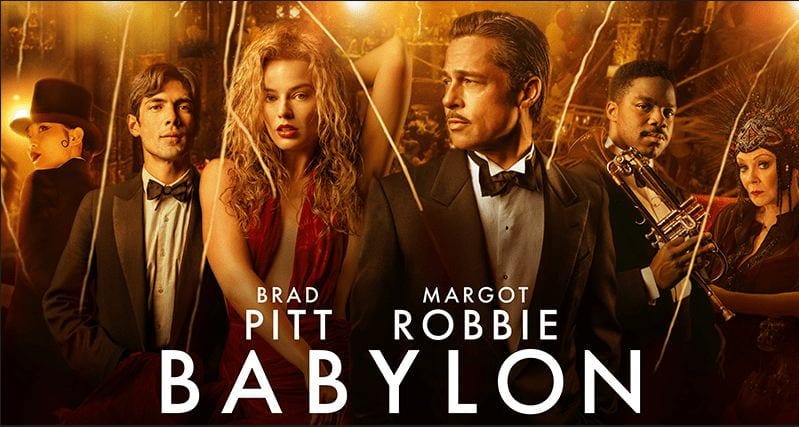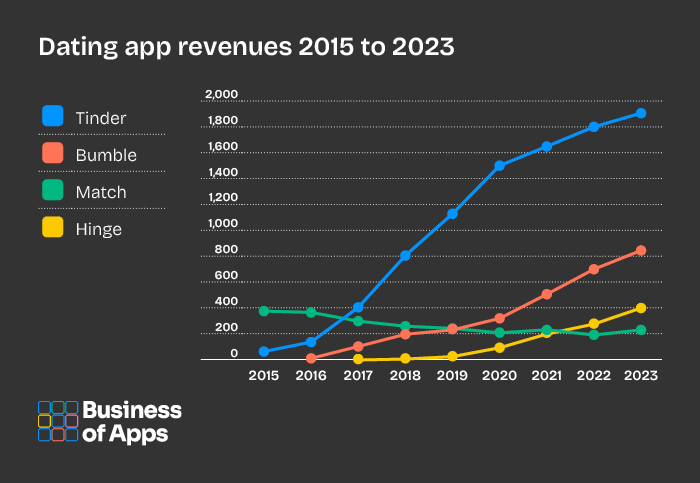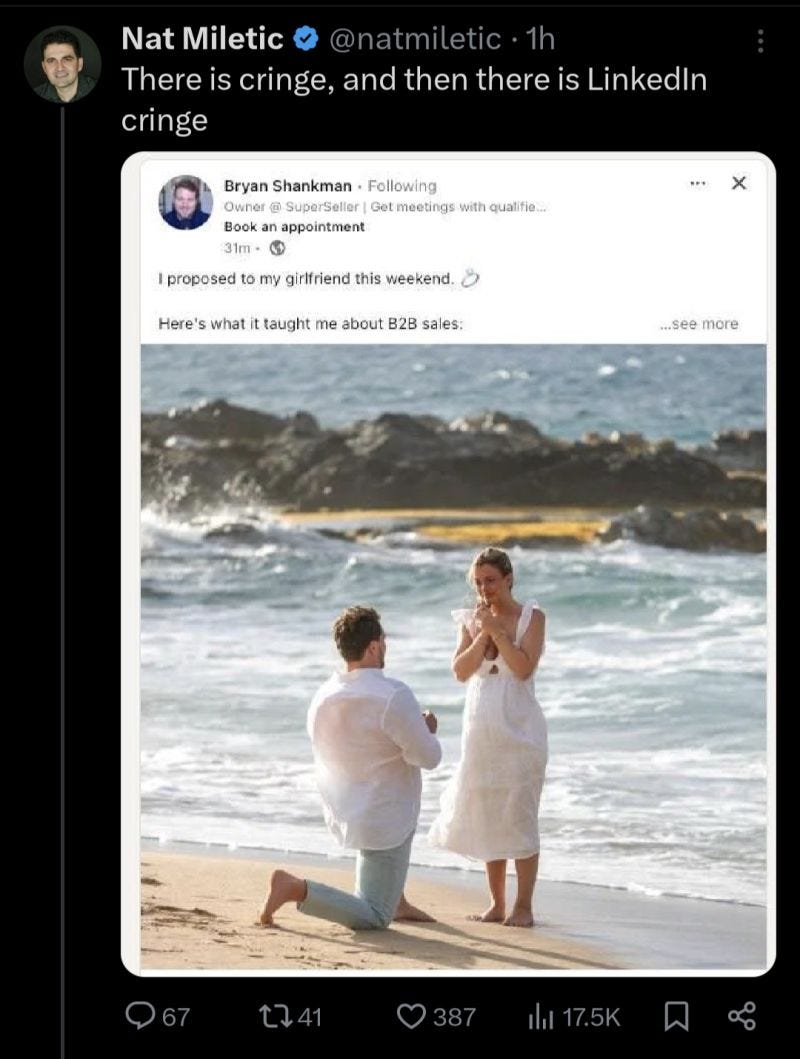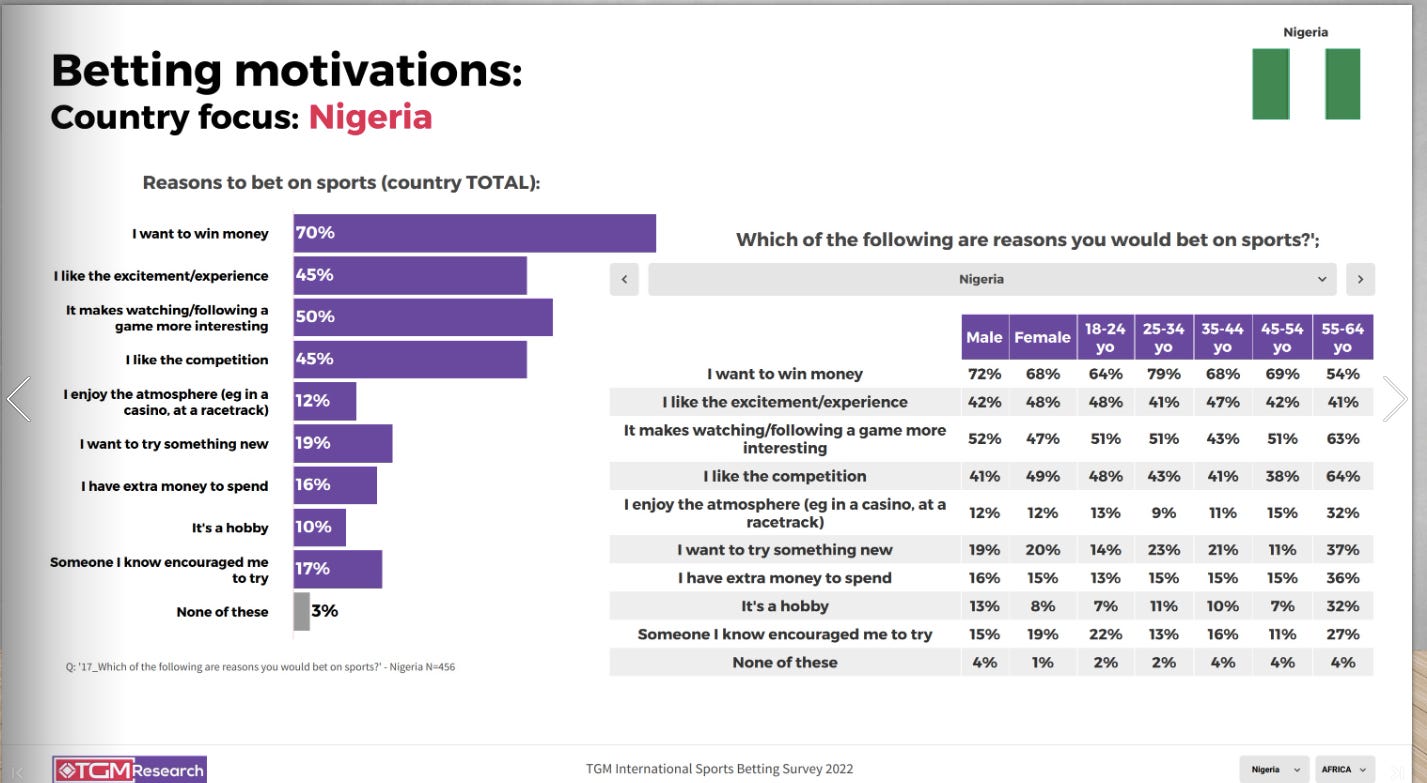sins and screens: unpacking the seven deadly sins in technology
how age-old vices influence modern platforms and user engagement"
i recently watched “babylon”, a fantastic 2022 film directed by damien chazelle, and i think i'm officially a fan. i even explored his other projects, including “the eddy”, a limited series on netflix. here’s the thing: babylon is such a well-executed movie that i encourage anyone to see it. the sublime yet excessive storytelling, the transition and allusion to the talkies era of filmmaking, the thrilling cinematography, the intricate plot style, and the bold use of pornography (hold that thought; it’s important for where i’m going with this) are all noteworthy.
sidebar: it’s 3 hours long, so if you can't sit your ass down, maybe you should skip this one.
the film does contain a fair amount of pornography, which got me thinking about how such placements pull consumers into viewing content—a case of realism versus impressionism. this train of thought led me to the seven deadly sins.
the seven deadly sins aren’t a novel concept; they represent a classification of vices in christian teachings that are believed to lead to immoral behaviour and spiritual downfall. these sins originated in early christian teachings, first developed by evagrius ponticus in the 4th century as eight evil thoughts. in the 6th century, pope gregory i refined the list into seven sins. theologians like thomas aquinas further developed and popularized them in medieval art and literature, especially in dante's divine comedy. they became a moral framework guiding christian behavior.
another side bar: if you enjoy anime, check out fullmetal alchemist. it alludes to these sins and happens to be my brother's favourite anime.
the seven deadly sins are not only prevalent in popular culture; they have also become a core part of our tech ecosystem. in this article, i aim to uncover and show the connection between these sins and technology.
for context, the seven deadly sins are:
pride
sloth
envy
greed
gluttony
lust
wrath
when i made a post on whatsapp status about writing on the seven deadly sins and how they relate to technology, a friend messaged me, asking, “so to be a big brand, you have to fall under one of the seven deadly sins, right?”
my response was, “i don’t know about being a big brand, but for a brand that wants to solve human issues and speak to human nature, whether you do it consciously or unconsciously, you’ll tap into one of the seven deadly sins. if you can tweak it and position it well, sure, you’ll grow into a big brand.”
this position is further supported by venture capitalist and co-founder of linkedin, reid hoffman, who opined in 2011, “social networks do best when they tap into one of the seven deadly sins.” while the tech industry has grown, this model has been tested by various tech-enabled platforms, and the results are visible for all to see.
i am a fan of this idea because it reveals something intriguing: human behavior and emotions haven’t changed much over the years. the same sins and behaviours[[] that guided previous generations still permeate today and will likely continue to do so in the future. human beings are inherently envious, drawn to vain things, greedy, and prone to violence. if you’re curious about the latter, i recommend a thought-provoking book that takes you on a roller coaster ride through human violence - the goodness paradox: the strange relationship between virtue and violence in human evolution by richard wrangham.
i should also mention that although the seven deadly sins are perceived through a negative lens, a brand that applies this framework isn’t necessarily evil; it all depends on your perspective. for example, food delivery apps are not just about greed and gluttony; they also offer ease, satisfaction, and convenience.
let’s take each of the deadly sins and break them down one by one:
lust:
this one is pretty straightforward. in dante’s depiction of hell, known as the “inferno’, sinners are punished according to the principle of “contrapasso,” meaning their punishments reflect or symbolize the nature of their sins in life. those guilty of lust are placed in the second circle of hell, where they are endlessly swept around by violent, uncontrollable winds. this symbolizes how, in life, they were carried away by their desires and passions, unable to control themselves. lust is a strong desire or hunger for something, often sexual. apps like tinder and onlyfans fall under this category.
tinder operates on a swipe model that prioritizes looks and image perception over something more grounded or substantial. not that i’m judging, but let’s agree to disagree.
hinge, grindr, and bumble are capitalizing on this model. as you learn in your first day in any branding class, sex sells. a grindr user will spend nearly seven hours (6 hours and 49 minutes) scrolling on average, tapping and swiping through profiles a day. for context, i average about 9 hours a day on my phone. in 2023, tinder made $1.9 billion revenue.
perhaps the most fascinating shift we’ve seen is the rise of onlyfans, whose numbers are astonishing. its model eliminates the middleman, giving creators direct access to their subscribers. for those unaware, onlyfans creators sell sexual content (NSFW).
allaccessfans, a nigerian version of the concept, is also doing impressive numbers with engagement on instagram.
sloth
tum dum. you know that sound. yeah, you do, unless you’ve been living under a rock. netflix is perhaps the best example of slothfulness. with a consumer base of 277.65 million paid subscribers worldwide and a global release of more than 700 titles annually, it’s hard to escape its influence. isn’t that why the slang, netflix and chill has become part of popular culture?

many platforms are building on this sloth model. shaaré, for instance, promises “on-demand skilled and vetted cleaners to do the cleaning so you don’t have to.” golemón helps you get your groceries and food supplies so you can spend that time doing other more important things. i use the latter frequently, so guilty as charged, handcuff me already.
another example of sloth is gaming, whether mobile or otherwise. i spend way too much time on candy crush that sometimes i’m ashamed to admit what level i’ve gotten to. i just paused writing this to quickly get past three levels.
it’s also worth noting that the premise of the metaverse and apple vision pro, along with all its paraphernalia, is based on the ideology of sloth—leaving your physical body in reality to engage in a different reality elsewhere.
pride
again, this is another easy call. linkedin exemplifies pride. take a mindless scroll through social media—say, tiktok or instagram—and you’ve likely encountered content mocking linkedin for being cringe. yet, despite this, linkedin boasts over a billion users in more than 200 countries. it’s clear: people love showcasing their successes and achievements, bragging about them while curating their profiles for others to enjoy.
users post about things they’ve learned, new job updates, projects they were proud to be part of, or other seemingly ridiculous things.
goalr, for instance, is a nigerian fitness platform built on the concept of pride. it allows users to showcase how many kilometres they’ve covered, minutes spent, and badges earned.
the concept of pride revolves around vain glory and the pursuit of recognition. it’s about wanting to be noticed or feeling superior to others. it creates a bubble where one feels separate from everyone else because they think they’re above them. it’s being woke. it’s the very platform where i’ve published this very article—substack.
envy
almost all social networks are rooted in envy, and we can see how that plays out. it’s the aspiration of looking at others on instagram, comparing yourself to them, or becoming obsessively wishful for things you don’t have. that’s pinterest in a nutshell. there are monthly photo dumps and curated pins on both platforms respectively to engage and feed your envy.

some apps and technologies capitalize on this idea of envy, promising to help you become the person you aspire to be. photo-editing apps for example can provide an overemphasis on facial features, which in reality the individual might not have - toned skin, chiseled jaw, perkier boobs.
on the flip side, some platforms aim to disrupt the culture of envy perpetuated by instagram. one that comes to mind is bereal, which promises authentic experiences. however, there’s a thin line between authenticity and performative nonsense. at what point does it stop being genuine and start being curated to appear authentic? strangely, users can begin to feel jealous of others' “authentic experiences.” when does it end, and does it ever end?
envy serves as a precursor to the next sin.
greed
greed is best exemplified by investment platforms that promise monetary gains for your future or ‘tomorrow.’ as i write this, i’m working on a campaign to better position a crypto brand in the east african market.
the strategy revolves around the idea that people are financially ambitious, desiring a change in their circumstances—whether upgrading from financial vulnerability to stability or seeking freedom (the highest rank in this strategy). the goal is to position this crypto brand as the vehicle that helps consumers navigate from point a to point b, and eventually to point c. pause for a moment and consider: isn’t this greed? the inordinate desire for everything? to feel like it's within your grasp?
as i mentioned earlier, none of these things are inherently bad, other than the sins and the lens we view them from.
greed is exemplified by the plethora of investment platforms surrounding us. bamboo boasts more than 300,000 users, and risevest isn’t left out, especially following its 2023 acquisition of chaka and its recent acquisition of hisa, the kenyan-based investment platform,
everything is investable. getequity, the nigerian company “enables you gain ownership in a variety of assets and ventures, including commercial papers, real estate projects, mutual funds and more.” basically, you can invest in startups before they go pro.
perhaps the best use case of greed is in sports betting. sportybet, betnaija and a plethora of others are redefining the term from gambling to betting to give it a more positive perception with the audience. the consumer tries out these platforms, not for the fun or thrill of it, but simply out of greed - the idea that they can win big with a small amount.
gluttony
gluttony is tied to consumption, and we’re witnessing a significant shift in that space. with the rise of food delivery, people are consuming more than they need. apps like glovo and chowdeck illustrate this perfectly. we can now order whatever we desire with the click of a button—gluttony in action.
everyone is on a wild chase to fulfill their appetites. many argue that social media has changed consumption patterns, enabling us to acquire things we might not otherwise want.
this gluttony extends beyond just food; we’re also consuming content voraciously. think about platforms like tiktok, where users are endlessly scrolling, consuming short-form videos, and feeling compelled to continue watching more and more.
with various subscription services offering endless options for content consumption, there’s no denying that gluttony is at play. we consume music, movies, and tv shows on platforms day-after-day.
wrath
wrath manifests in different ways across various platforms. consider twitter, where users express anger and frustration in 280 characters or less. it serves as an outlet for people to voice their opinions, often fueled by the sins of envy, pride, and greed.
in 2019 when I wrote my undergraduate project, my initial thinking was to uncover how twitter serves as a prime spot for hate news and tribalism in nigeria’s political landscape. (i ended up doing something related to film). i was right, but not as right as the past few years have shown.
i mean now, we have things like tribalissmo thursday, yoruba ronu and a whole bunch of other crap on twitter. i am paraphrasing a post on whatsapp by my friend katherine which lives rent-free in my head. - “if there’s anything tinubu won at in the last election, it would be his clear line of tribalism and division of nigerians.”
wrath can escalate quickly, leading to heated debates and confrontations online. cancel culture, for example, thrives on social media platforms, where individuals can be publicly shamed or condemned for their actions or words.
video games also tap into this notion of wrath, providing an outlet for players to unleash their aggression in a controlled environment. games like call of duty and fortnite encourage players to compete against each other, often leading to intense emotions and frustrations.
---
the integration of the seven deadly sins into technology is a fascinating exploration of human behaviour and its impact on our digital landscape. as we navigate the tech world, it’s important to recognize that these sins can be harnessed for both good and bad. the key lies in understanding the balance and ensuring that technology serves to enhance our lives rather than exploit our weaknesses.
so, as you think about your next project or endeavour, consider how the seven deadly sins might play a role in shaping your approach. whether you consciously lean into these themes or choose to avoid them, they’re an intrinsic part of human nature that will undoubtedly influence our interactions with technology.
perhaps i would do a second leg to this, focusing on how these seven deadly sins can inhibit a business's growth.
until then. ciao!














A long read but definitely worth the time. It’s cliche but I like to refer to technology as a double-edged sword. To navigate this complex relationship, we must consciously engage with technology, embracing its benefits while curbing its tendency to exploit our inherent vulnerabilities. The key lies in balancing the blade—harnessing technology for good without succumbing to its temptations. Is it as easy as it sounds? Oh well.
This is such a gooood read. Thank you for this.